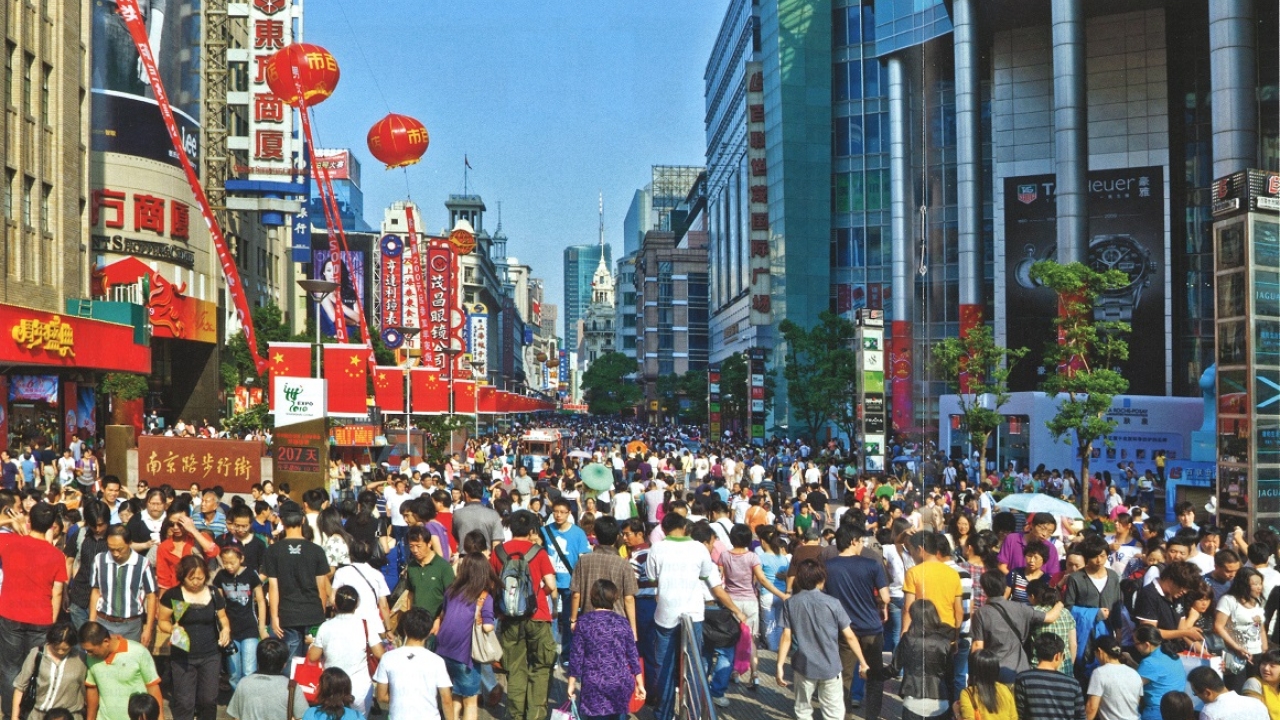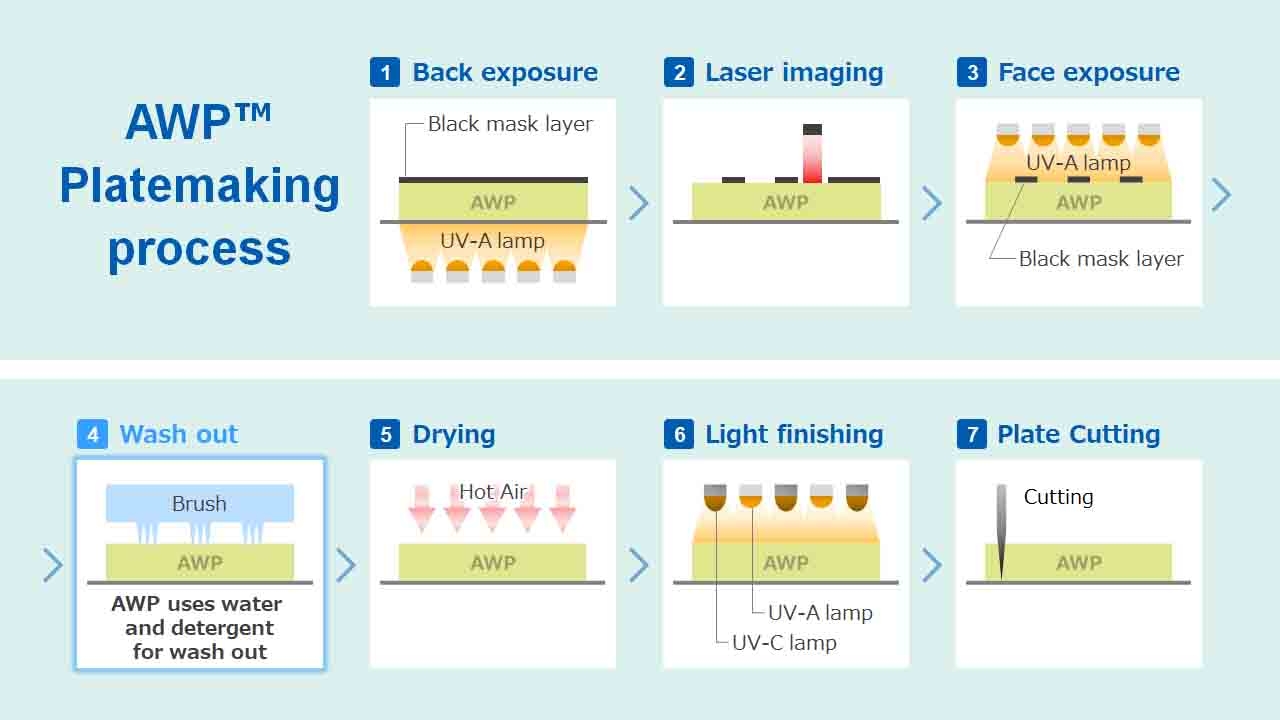L&L turns 40: The rise and rise of China’s consumer

In recent years, China has witnessed rapid development of its package printing industry, resulting in accomplishments that have astonished the world. According to the China Packaging Federation statistics, the total value output of the Chinese packaging industry has now exceeded 1.2 trillion RMB, making it the second largest in the global market.
Concurrent with the boom in the Chinese economy, the country’s package printing industry grew more than 10 percent. According to figures from the Printing and Printing Equipment Industries Association of China, the total output of the Chinese package printing industry was 1,715 billion RMB in 2009, compared with the 1,550 billion RMB in 2008, an increase of 10.6 percent. Package printing now accounts for 33.8 percent of total Chinese printing industry output.
From the statistics of General Administration of Press and Publication of the People’s Republic of China, there are 101,948 printing enterprises in China, of which 43,384 are packaging enterprises, making up 43 percent of the total. Significantly, the package printing industry is now growing at a rate far higher than the rest of the printing industry, largely because China’s steamroller economy, and its large processing and manufacturing industries, are providing enormous opportunities for growth.
If you look at the light industrial sector – which includes electronic products, food, wine, beverage, pharmaceutical, and small household electrical goods – the quality of these products has improved consistently in recent years, requiring more and more attractive and colorful packaging.
Quality demand
Take the food and pharmaceutical industries, for example. The quality demands of the food industry offer a vast opportunity for the Chinese package printing industry. In 2009, the gross output value of the food industry was four and a half trillion RMB, and the needs of the food package market reached 70 billion RMB. The gross output value of the Chinese pharmaceutical industry is now almost 600 billion RMB. There are 3,200 pharmaceutical manufacturing enterprises, 13,000 pharmaceutical wholesale enterprises, and 22,000 retail enterprises in China. These account for half of global production. The Chinese medicine market is growing by more than 10 percent annually and will provide large opportunities for the package printing industry.
In terms of package printing materials, paper based packaging still dominates, with China manufacturing and consuming 92 million tonnes of paper and board a year. Plastic packaging occupies second place. According to the statistics of the China Packaging Federation, the average growth rate of plastic package output was 13 percent between 2006 to 2010, with production volume reaching 16,302 million tonnes. Film packaging accounts for almost 47 percent of total plastics packaging.
In paper packaging, sheet fed offset is the mainstream printing technology. However, in recent years, flexo printing has grown fast in the production of paper boxes and corrugated containers. Die-cutting, foiling, and assembly inline is becoming more widely used in folding carton production, and flexo has become the fastest growing technology in the multi-color carton market. The development of new plates, water-based and UV inks, and anilox rollers, has improved print quality, and flexo printing is predicted to grow rapidly in the printed packaging industry.
As China’s national economy grows, so will the demand for labels and packaging in the food, chemicals, pharmaceuticals, cleaning products, cosmetics, household electronics and logistic industries.
The annual growth rate in the label industry is 15- 20 percent, and it is the fastest-growing package print segment. At present, there are more than 5,000 label printers in China, and last year, in 2010, the overall output of the Chinese label market reached 16 billion RMB, or 2.1 billion square meters of volume output, and increase of almost 20 percent over the previous year.
Letterpress is still the main label printing technology in China but recently, investment in printing equipment has focused on narrow web flexo machines, and popularity of more color units and combination printing is increasing. Digital technology has become the ‘hot spot’. Production of digital printing equipment is increasing year by year, but digital technology is still not widely used by Chinese printing companies.
The growing packaging market has brought more companies into the market. From the list of China’s top 100 printers in 2009, compiled by CAPT (China Academy of Printing Technology), 49 are package printing enterprises, and among these, five are flexible package companies, and 11 produce folding cartons. At the same time, with the growing number of e-books, Internet and other new media in use, the traditional book-printing segment is suffering, and this throws a sharper focus on package printing.
New investment
Some of the major package printers are moving into labels, like Shanghai Zijiang Holdings. This is one of the largest packaging enterprises in China, and the premier supplier of KFC cartons, with a specialized production workshop and assembly line. Zijiang also produces corrugated boxes. In 2004, Zijiang invested 45 million dollars in setting up Shanghai Ziquan Label, which specializes in various PVC, OPP, PET and other materials of both plastic and paper based self-adhesive labels, and the company is now one of the most competitive label converters.
Another company, Hong Kong Starlight Holdings, established subcompanies in Suzhou and Shenzhen in China, specializing in folding cartons, corrugated boxes and high quality labels. Half of its products are exported, particularly those for electronic products, toys and upmarket cosmetics. A new factory, focusing on the production of self-adhesive labels with two Nilpeter presses, was founded by Starlight in 2011.
By contrast, some enterprises that started out in labels have entered the package printing market by merger or investment – such as Suzhou Jiangtia. The main business of Jiangtian is chemical labels and electronic labels, but in 2009, the company entered the package market through a color box printing company and subsequently formed a package print workshop.
Like most markets in China, that of package printing is on the move – and that movement is rapid. With the demand for consumer products increasing, the capacity to satisfy that demand will increase too and since most products are packaged, the knock-on effect is obvious.
This article was first published in Package Print Worldwide issue 1, 2011
Follow Labels & Labeling on Twitter, LinkedIn and Instagram, then share your memories of the magazine using #LnLturns40
Find out how to join in with Labels & Labeling’s 40th anniversary celebrations here
Stay up to date
Subscribe to the free Label News newsletter and receive the latest content every week. We'll never share your email address.


